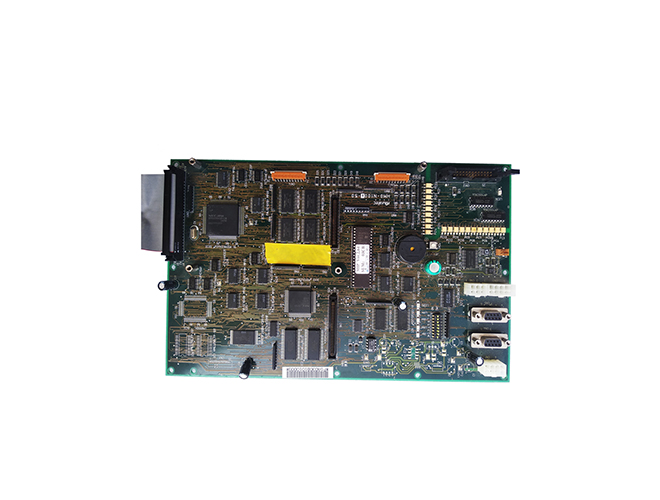-
CN
-
Service Hotline
+8618129931046 Mr. Liao


Time:2025-06-19 Views:1

With the increasing demand for electronic devices to be used in various environments, including those with exposure to water and moisture, waterproof treatment of Flexible Printed Circuit (FPC) boards has become essential. Waterproofing FPC boards not only protects the electrical components and circuits from damage but also extends the lifespan and reliability of the devices in which they are installed.
One common waterproof treatment process for FPC boards is conformal coating. Conformal coating involves applying a thin, protective layer of a polymer material, such as acrylic, epoxy, or polyurethane, over the surface of the FPC board. This layer forms a barrier that prevents water, moisture, dust, and other contaminants from coming into contact with the electrical components and traces on the board. The coating process can be carried out using methods such as spraying, dipping, or brushing. Spraying is a popular method as it can provide a uniform and thin coating over large areas of the FPC board quickly. Before applying the conformal coating, the FPC board needs to be thoroughly cleaned to remove any dirt, oil, or residues that could affect the adhesion of the coating. After coating, the board is cured, either at room temperature or through heat - curing, depending on the type of coating material used.
Another waterproofing approach is potting. Potting involves encapsulating the entire FPC board or specific components on the board in a protective compound, such as a silicone or epoxy resin. This compound fills all the gaps and voids on the board, creating a solid, waterproof enclosure around the electrical components. Potting provides excellent protection against water ingress, mechanical shock, and vibration. However, it can make repairs and component replacement more difficult, as the encapsulated area needs to be carefully removed and resealed.
Sealing techniques are also crucial in waterproofing FPC boards. This includes using gaskets, O - rings, or adhesive seals around the edges and openings of the FPC board, such as connectors and holes. These seals create a tight barrier that prevents water from entering the board. In addition, proper design of the FPC board layout can also contribute to waterproofing. For example, keeping sensitive components away from areas prone to water accumulation and ensuring that electrical traces are not exposed at the edges of the board can enhance the overall waterproof performance. Through a combination of these waterproof treatment processes, FPC boards can be made suitable for use in a wide range of applications, from underwater devices and outdoor equipment to consumer electronics that may be exposed to accidental water spills or humid environments.